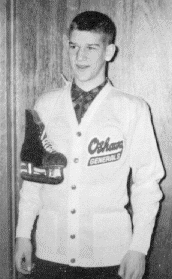
"THE KID FROM PARRY SOUND"
AN ODE TO #4

Where commonplace is contraband
When gentle Georgian smiles,
Endowed by God’s Aesthetic hand
With
thirty-thousand isles,
Where Muskies crowd to test your skill
Where deer and game abound,
Thence comes the Northland’s biggest thrill
The
Kid from Parry Sound.
For
two decades, or better now,
A
thunderous jubilation
Has
made the exploits of Gord Howe
The
topic of the nation:
His
skill endures and so his fame
Rolls on like “Old Man River”:
To
hockey is Howe’s famous name
Like
arrows to the quiver.
No
puck review would be complete
Without bicultural essence,
So
in this yarn I’m spinning neat
I
weave the Richard presence:
For
who could break as fast as he
And
dent the elusive pocket?
The
Hall of Fame will always be
Enthralled by name of Rocket.
But
let’s return to Bobby Orr -
The
Kid from Parry Sound -
The
big bad Bruin is Number Four,
The
toast of Boston town.
They
thrilled to watch him skin the cat -
(No
sadist he, they tell)
But
when he got Reay on the mat
He
battered him pell-mell.
So
Bruins now seek Holy Grail,
Against the Blues they hasten -
The
Golden Fleece of hockey’s trail
The
battered Stanley basin.
And
who’s name on the Cup will be?
Though prophecies abound
My
bet’s on Sinden while has he
The
Kid from Parry Sound.
The
Russkies turn our hockey Red,
The
Allan [Cup] to Spokane?
Our
Habitants and Leafs are dead
Our
faces blush for shame.
BE
PROUD! We taught them every ruse -
The
whole wide world around!
What
other nation could produce
The Kid from Parry Sound?
By Gordon Powell
HOW WAS BOBBY ORR DISCOVERED ????
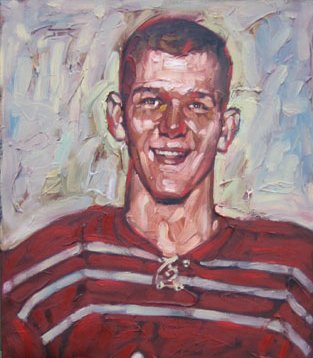
PARRY SOUND

WHERE IT ALL BEGAN
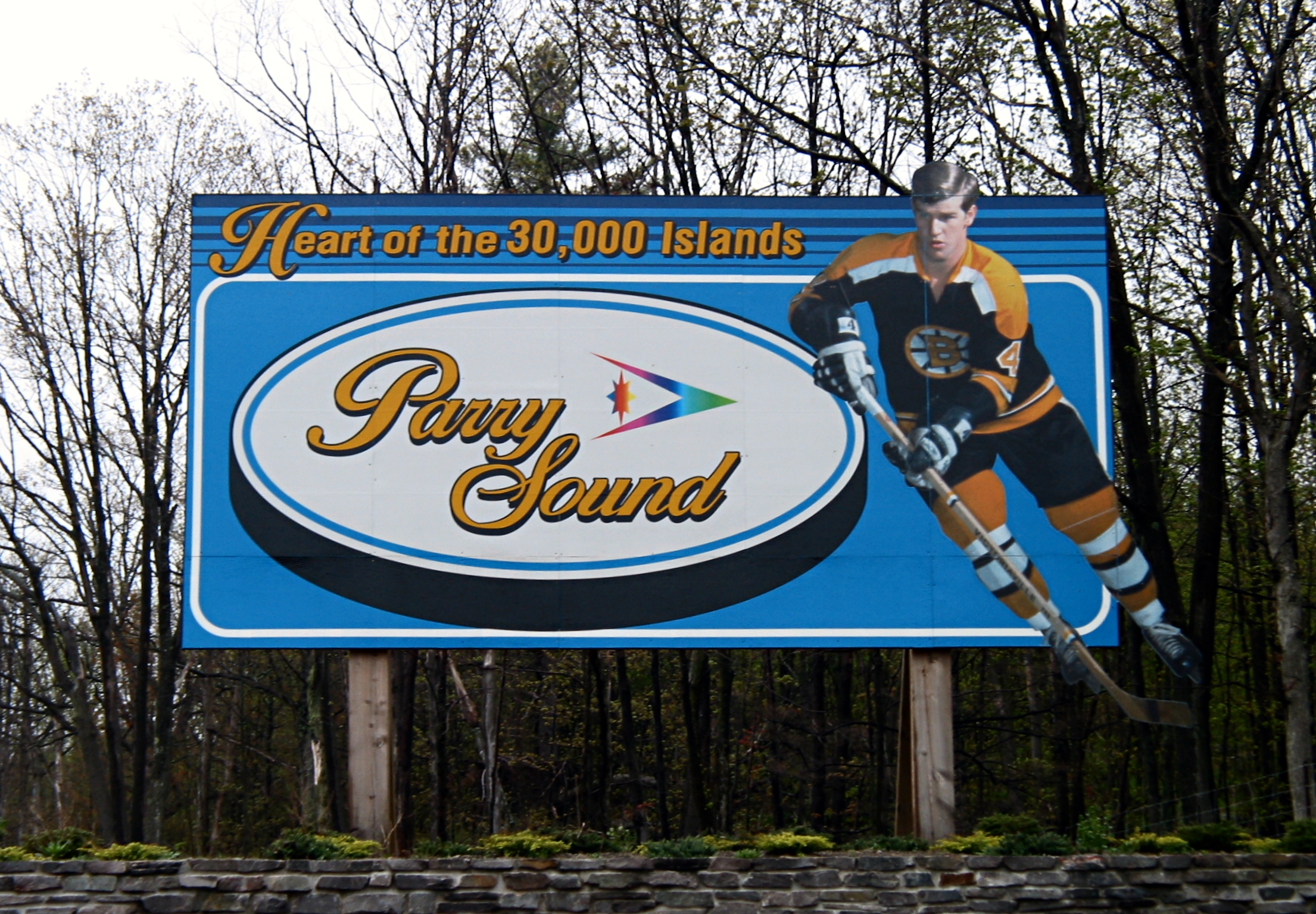
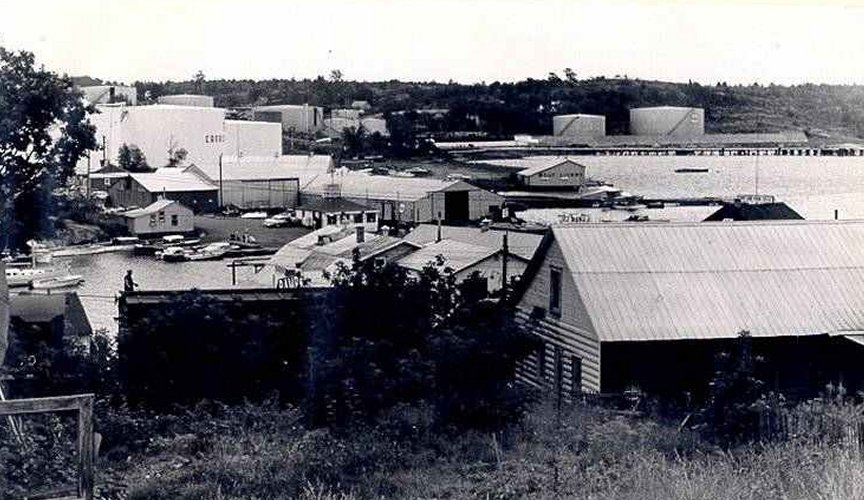
In the early 1900s, Robert Orr moved his family to Parry Sound, a small town in rural Canada. Robert Orr Sr. was a professional soccer player and played for Ballymena of Ireland. Robert's son, Doug, was also an exceptional athlete. He excelled in track and hockey. Doug Orr had the potential to play in the NHL, but duty called, and he joined the Navy. Doug married Arva Steele from Callendar Ontario and the couple settled in Parry Sound after World War II.
Children soon began to fill the modest Orr home on Great North Road, (an appropriate name to say the least). Their first child was a girl, Pat, followed by a son, Ron. And on March 20th, 1948 The hockey Gods brought us Robert Gordon. Bobby was challenged from the beginning, as the birth was a difficult one. There was a real risk that their son would not survive, (or so the doctor's thought. Had they known that he was destined to become the greatest hockey player of all time, they may have changed the prognosis. Bobby is namesake of his paternal grandfather. The Orr family had two more children, Penny and finally Doug Jr.
Bobby began skating at the age of four (a magical number), on a pair of skates that Doug's friend Gene Fernier had given Bobby. His rink of choice? The Seguin River. He would spend several hours a day practicing his skating and stick handling (playing Shinny) on the river and then spend an extra hour at night, practicing that lethal shot in his garage.
Organized hockey started for Bobby at the age of five (his first Jersey number as an NHL All Star). He leapfrogged through the levels and by the age of twelve was playing against young adults 4- years his elder. Bobby's role model was Montreal Canadien defenseman Terry Harper. Bobby liked to watch a defenseman who was an offensive threat.
Bobby's coach in Pee Wee and Bantam Hockey was Bucko McDonald, an all-star NHL defenseman in the 1940s. Bucko gets the credit for putting Bobby on defense. Bobby's father was not convinced this was the best move for his son, and questioned Bucko. Bucko's response was simple and to the point. "Bobby was born to play defense". Clearly he saw something in the hockey prodigy...
In 1960, in a town called Ganonoque on the Saint Lawrence Seaway, the legend of Bobby Orr truly began. The Parry Sound Bantam All-Stars were playing in a tournament and all six NHL teams had sent scouts to the game to look at two young promising players for Ganonoque. Within minutes of the puck being dropped the Boston Bruins scouts forgot them, had they focused on the skinny little kid from Parry Sound. Bobby played 58 out of 60 minutes in the game (the other two minutes he was in the penalty box).
The Boston Management (Milt Schmidt, Wren Blair, Lynn Patrick, and Weston Adams) were seated in stunned silence. The race to sign the "wonder boy" had begun. Wren Blair, Oshawa Coach and future mentor to Orr, spent many days in Parry Sound building up a rapport with the Orr family. In fact Blair offered to let Bobby stay at home and commute 150 miles three times a week to the games, because Bobby's mom didn't want him away from home at such a young age.
At age of thirteen, Bobby signed a Junior A contract with Boston, and he began playing with the Oshawa Generals. Bobby was still attending elementary school, and as one would imagine, the older players initially resented this "kid" in their midst. At 14 he was playing against 19 and 20 year old men, but age did not matter as Bobby owned the ice. Orr had four all-star seasons in Oshawa. For years the press in Boston (in particular The Boston Globe) acted like John the Baptist, and would write of the coming of a savior.
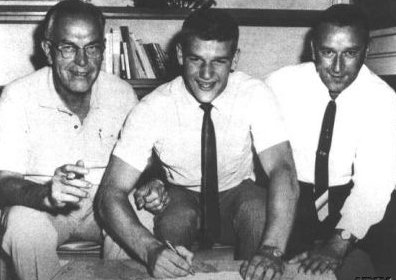
Bobby was the first NHL player to hire a lawyer to negotiate a contract. The contract was signed aboard the 42-foot cabin cruiser, , Barbara Lynn, which was owned by Boston GM Hap Emms. Orr got $50,000 for two years and a $25,000 signing bonus. By today's standards this does not seem significant, but at the time, that deal changed the NHL pay structure forever.
Bobby was assigned #27 when he first signed with Boston, but he quickly switched to the legendary #4. The talent and grace of this young superstar was apparent from the first moment he stepped on the garden ice. The rest of the league was determined to measure the kid's durability. And all found that it was equal to his skills.
His first goal was appropriately scored in the Boston Garden and against the arch-rival Montreal Canadiens. The Canadiens goalie, Hall of Famer, Gump Worsley, had made three saves in a row during a mad scramble in front of the Montreal net. The puck bounced back to the point after the third save. Bobby wasted no time and drilled a bullet past Worsley, at long last the Garden had the moment they wished for, and they responded as only Boston fans could.
Bobby responded in kind, as he always took the time to answer his fan mail and greet fans on the street. Orr's trademark humility may have come from his hometown's attitude. He always kept his head down after scoring a goal, not wanting to further shame a fellow professional. Following a 1968 game at the Boston Garden, a fan's car was stuck in a snowdrift in the rear parking lot. A young man stopped by, while the snow continued to fall, and said, "you steer, I'll push." After twenty minutes of pushing back and forth, the car was freed. The fan got out to thank the soaked young man and discovered that his helper was Bobby Orr.
Bobby won the Calder Trophy (top rookie) in 1966-67 and beginning in 1967-68 won the James Norris Trophy, as the NHL's top defenseman, for the next eight years in a row. Bobby became a perennial fixture on the NHL All-Star Team.
Success did not come overnight, the Bruins used Bobby as the foundation, and built the team. It was the big trade with Chicago to get Phil Esposito, Ken Hodge, and Fred Stanfield that really put the wheels in motion. This team had the makings of a multi-year dynasty.
On May 10th, 1970 (Mother's Day) Bobby fulfilled the prophecy and led the Boston Bruins to their first Stanley Cup in 29 years. The famous picture of him soaring through the air is considered by most people to be the single most defining image in NHL history. "The Goal" occurred in overtime of the fourth game of a sweep of the expansion St. Louis Blues. In addition to regular season accolades of the Norris, Ross, and Hart trophies, Orr won the Conn Smythe Trophy, and was named the Playoff's MVP. (Not at all surprising).
Orr and the Bruins should have gone on to win numerous Cups, but a Rookie goaltender from where else, but the Montreal Canadiens stood in the way. Ken Dryden was a wall, and the Canadiens were the champions at the end of the 1970-71 season.
In 1971-72 after a six game series with the N.Y. Rangers, Lord Stanley's Cup returned to Boston. Orr won his second Conn Smythe Trophy and appropriately had scored his second Stanley Cup clinching goal. The rest of the NHL concluded that the only way to stop Orr was to try and punish his weak knee. Many teams began running people at him and these hits started to take their toll.
In 1976 Bobby got to fulfill a life long dream by playing for his country in the Canada Cup series against the Soviets. Bobby won the "Outstanding Player" award as Team Canada defeated the Soviets. Despite not being able to practice and having to wear six and seven ice packs after each game, Orr drew upon his immense courage and played through extreme pain to lead his country to victory.
Being as gifted as he was the story should have a fairy tale ending, but tragically it was not meant to be. Bobby, who had always just wanted to play hockey left the business aspect of his career to his Agent, Alan Eagleson. The thievery was grotesque, and the epitome of this occurred in 1976. Bobby knew his career was in jeopardy due to his knees, and Boston management offered Bobby part ownership of the team. Orr's agent did not inform him of the offer, and in 1976 Orr signed with Chicago for 3 million dollars over 5 years. It was not until Derek Sanderson asked him, "Bobby, why did you turn down that deal?" Bobby responded, "What are you talking about? I didn't turn down any deal." Derek knew there was something terribly wrong. But it could not be corrected.
Bobby played only 26 games for the Blackhawks. Another display of his character was the fact that Orr returned the few paychecks he received from Chicago, saying that he hadn't earned them. Orr has said that he needed to go to Chicago to prove to himself that he could still play. After two injury filled years he knew that his knees could no longer take it. At a tearful news conference on November 8th, 1978, the greatest hockey player of all-time hung up his skates.
On January 9, 1979 Bobby's #4 was retired to the rafters of the Boston Garden. When Bobby was finally introduced, the Boston Garden crowd stood and cheered for eleven solid minutes and would not let Bobby speak. Bobby's acceptance speech was very simple, he expressed his love for the city of Boston, the fans of Boston, and concluded with a very emotional "Thank you".
In 1979 the inevitable happened, and the Hockey Hall of Fame inducted Bobby. While his induction is not surprising, even in retirement, Bobby was setting records. At age 31, Bobby is the youngest player ever to be inducted into the Hockey Hall of Fame.
Simply put, what Bobby did was change the face of hockey forever. Defensemen were "Stay at Home" types. Never daring to charge the net, they knew their place was at "the point". But not Bobby... he set the tone for today's great defensemen, the likes of Ray Bourque, Chris Pronger, and Paul Coffey. But no one has ever done it quite like Robert Gordon Orr...
Milt Schmidt said it best, "If there is ever another as great as Bobby Orr, I hope the good Lord sees fit to keep me on this earth, because he will be something special."
THE HOUSE BOBBY GREW UP IN AT 24 GREAT NORTH ROAD
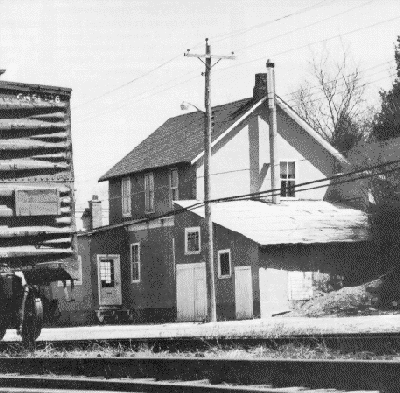
The House as it looked in 1960.
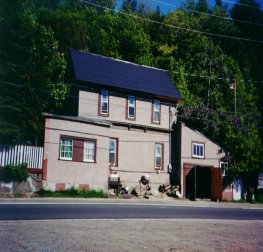
The House as it looked in May 1999.

St. Joseph's Hospital - The Birth Place of Hockey's Greatest Ever
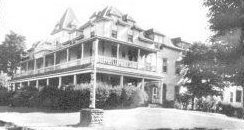
The Belvedere Hotel as it looked in 1949. Bobby worked here one summer as a bellhop.
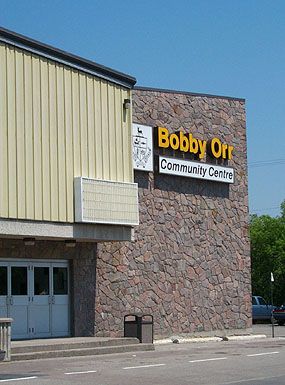
The Bobby Orr Community Center as it looks today. Was built in 1975 after the Palace Arena Bobby grew up playing in was destroyed in a fire.
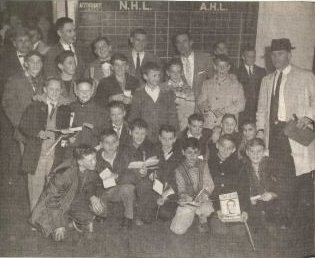
This is a very old newspaper clipping from 1960. In the picture, is a 12 year old Bobby Orr, visiting Maple Leaf Gardens with his pee wee hockey team. The kids are surrounded by Maple Leaf players such as George Armstrong, Dick Duff and Larry Regan. Orr is standing on the far right, in the white dress coat beside the gentleman in the white dress coat and hat (Dick Duff)
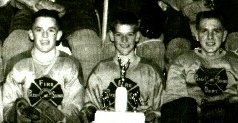
HERE IS A PICTURE OF BOBBY'S PEE-WEE TEAM 1958-59